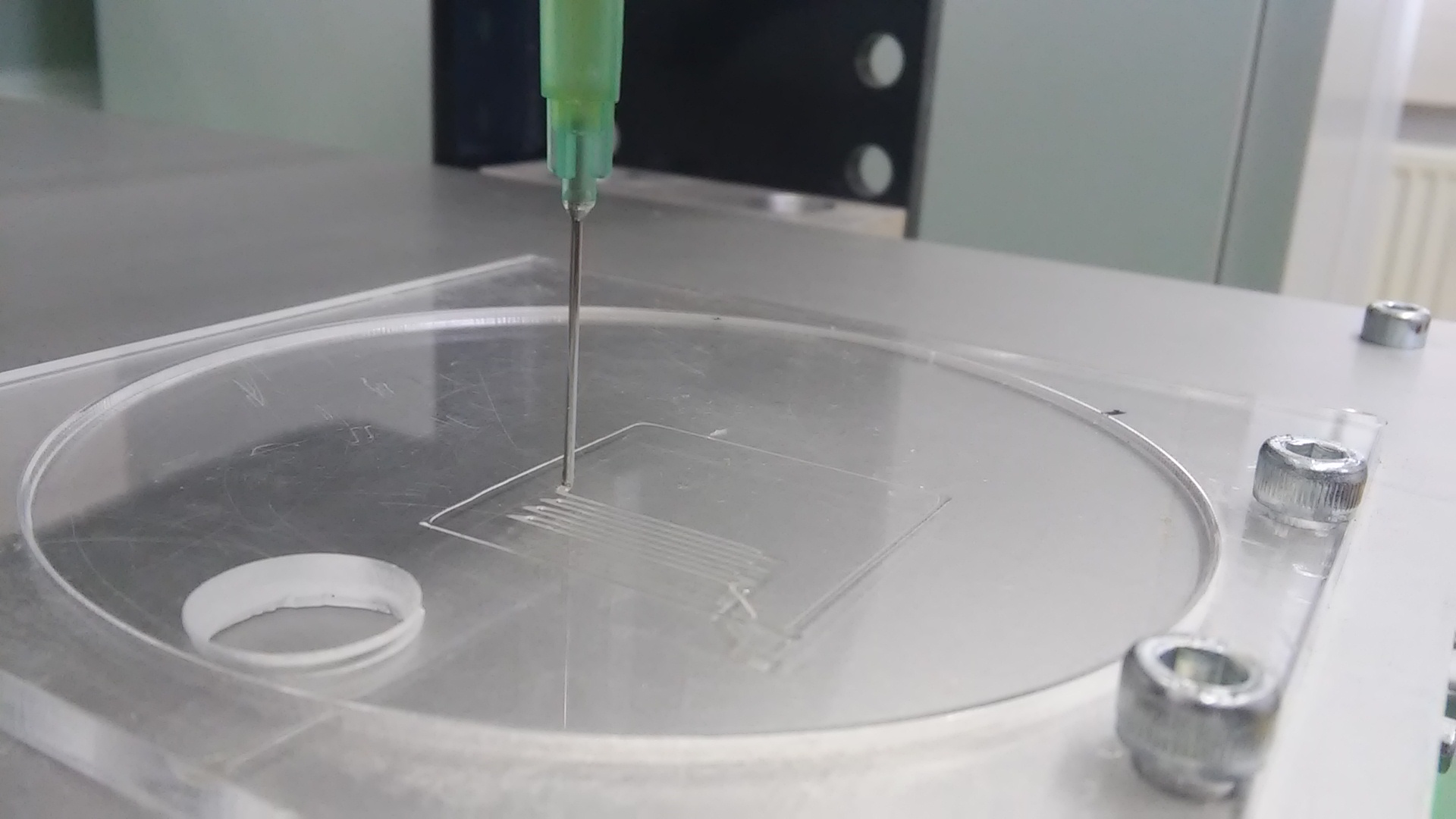Institute IRNAS enters the field of bioprinting
Developing open source DIY bio-laboratory equipment on the one hand and daily using 3D printing as a developing tool on the other, one could argue that it was an expected next step to link the two. Here we are announcing our new project - Vitaprint, an open source bioprinter, which is led by our student member Luka Banović.
According to the google trends, bioprinting has had a rapid increase in popularity in the past five years. Bioprinting combines the accessibility of custom made products that 3D printing brought to the industry, with the field of (bio)medicine where techniques for the needs of an individual play a more and more important role.
Although it is possible to find publications where bioprinting was successfully used to print functional organs or bones, it has been so far mainly used for the research purposes and has not been recognized as a clinical practice yet (however, things are slowly moving in that direction).
Bioprinting, as a technology, can fit into many different contexts and environments. Technically, one is able to fabricate 3D objects out of any material that can be filled in and extruded out of a syringe (and maintain the shape afterwards). Despite the universality, the field of researchers or scientists who use this technology is still very narrow, which explains the low amount and high prices of bioprinters that are currently publically available. Such machines are either very expensive (they cost up to $300.000+) or not yet for sale.
Most bioprinters use syringe extrusion as the fundamental technology for material deposition, which is neither a very complicated nor an expensive technology per se. This and the high prices of the machines, bring us to the question, how many research institutions have already developed their own version of a bioprinter that is good enough for their research purposes. This question will remain unanswered but it was one of the factors that initiated our interest in developing an open source bioprinter.
Our long-term goal is to develop an open source bioprinter that will include all the features that high-end bioprinters do, and add to it modularity and affordability. We believe assisting the researchers around the globe by increasing the accessibility of bioprinting can significantly accelerate the release of some important scientific results that may improve the human well-being.
The first task is to develop a robust and easily controlled open source syringe extruder, which we designed to be a self-contained unit that can be mounted on any CNC platform. We mounted it on our Mini CNC.
The first tests using gelatine and gluten as representing materials that have similar density and viscosity as the hydrogels that we are aiming to use in the future already showed promising results. Our plan is to release the first functional version Vitaprint 1.0 by February 2017. We will keep you posted!



